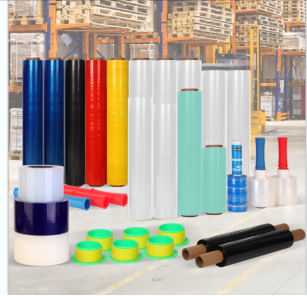biodegradable garment bags
The Rise of Biodegradable Garment Bags
In recent years, environmental concerns have become a prominent topic of discussion, leading many industries to seek sustainable alternatives to traditional practices. One significant development in this context has been the emergence of biodegradable garment bags. These innovative products offer a more eco-friendly solution for packaging and transporting clothing, aiming to reduce plastic waste and its detrimental impact on the environment.
Biodegradable garment bags are made from materials that can break down naturally in the environment over a relatively short period. Commonly used materials include cornstarch, polylactic acid (PLA), and various plant-based polymers. Unlike conventional plastic bags, which can take hundreds of years to decompose, biodegradable options can degrade within months under the right conditions. This rapid breakdown significantly mitigates the lasting impact of plastic pollution in landfills and oceans.
The fashion industry, notorious for its environmental footprint, has been at the forefront of adopting biodegradable garment bags. Major clothing brands are increasingly recognizing the importance of sustainability in their operations. By swapping out traditional plastic bags for biodegradable alternatives, these brands not only reduce their environmental impact but also cater to a growing consumer base that values eco-friendly practices. Customers, particularly younger generations, are more likely to support brands that demonstrate a commitment to sustainability, reinforcing the business case for adopting such innovative packaging solutions.
biodegradable garment bags

Moreover, biodegradable garment bags contribute to a circular economy. In this model, products are designed with their entire lifecycle in mind, promoting resource efficiency and reducing waste. When these bags are disposed of correctly, they can be composted, thus returning valuable nutrients to the soil instead of contributing to landfill overflow. This aligns with broader efforts to promote a more sustainable approach to manufacturing and consumption.
While the benefits of biodegradable garment bags are clear, challenges remain. Some consumers may still be unaware of the differences between various types of bags, leading to confusion about proper disposal methods. Additionally, there are concerns regarding the durability of biodegradable materials in certain conditions, which might impact their performance as garment bags.
In conclusion, biodegradable garment bags represent a significant step towards reducing the environmental impact of the fashion industry. As more brands adopt these sustainable alternatives, consumer awareness and education will be crucial in ensuring the success of this initiative. By prioritizing environmentally friendly practices, the fashion industry can not only enhance its image but also contribute positively to the planet's health. It's time for consumers and companies alike to embrace the change and work towards a more sustainable future.
-
The Best Uses for Small Trash Bags in Daily LifeNewsJul.01,2025
-
Stylish Reusable Grocery Bags TrendsNewsJul.01,2025
-
Shipping Advantages of Using Bubble Envelopes BulkNewsJul.01,2025
-
How Compostable Mailing Bags Reduce Environmental ImpactNewsJul.01,2025
-
Environmentally - Friendly Bulk Poly MailersNewsJul.01,2025
-
Eco Friendly Custom Laminated Tote BagsNewsJul.01,2025
-
Have the freedom of customizing your custom mailers any way you want! Our dedicated packaging support will help deliver you the mailing experience you need to elevate your shipping experience to the next level! Start making a strong impression on your customers and stand out from your competitors! -
LIYA uses high quality raw materials which directly purchased from large enterprises domestic and overseas such as PetroChina, Sinopec, Sabic, Equate, ExxonMobil, Dow Chemical, Total, and Borouge, ensuring the price advantage and quality of the raw materials. -
LIYA uses high quality raw materials which directly purchased from large enterprises domestic and overseas such as PetroChina, Sinopec, Sabic, Equate, ExxonMobil, Dow Chemical, Total, and Borouge, ensuring the price advantage and quality of the raw materials.





